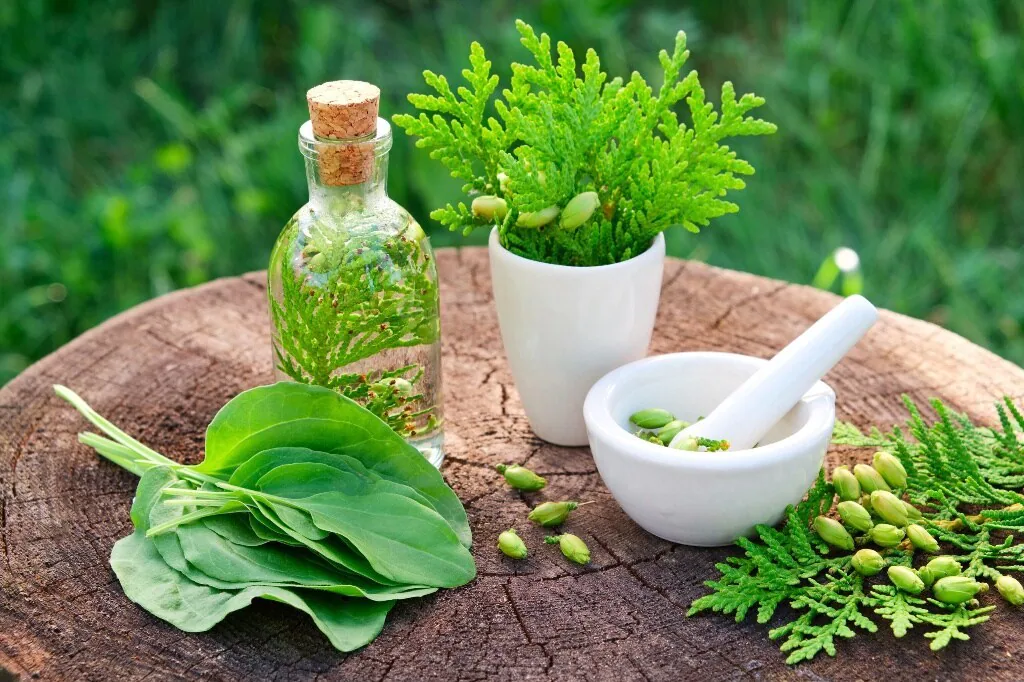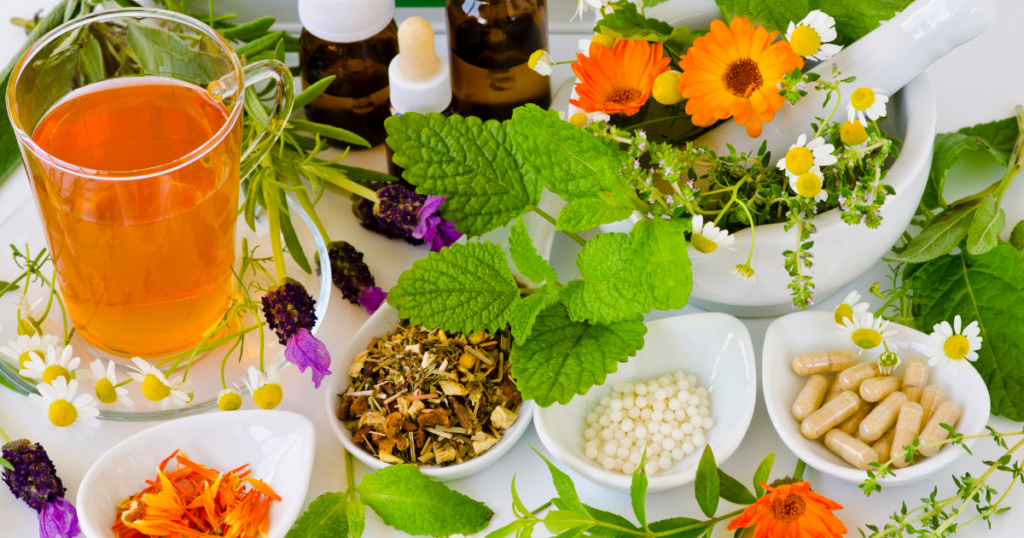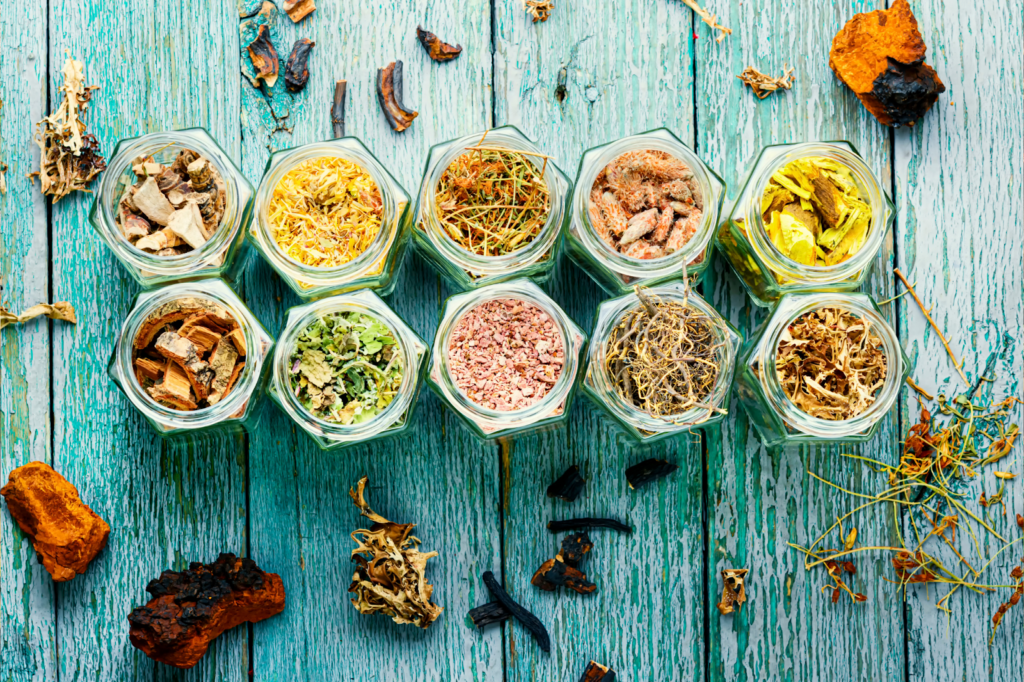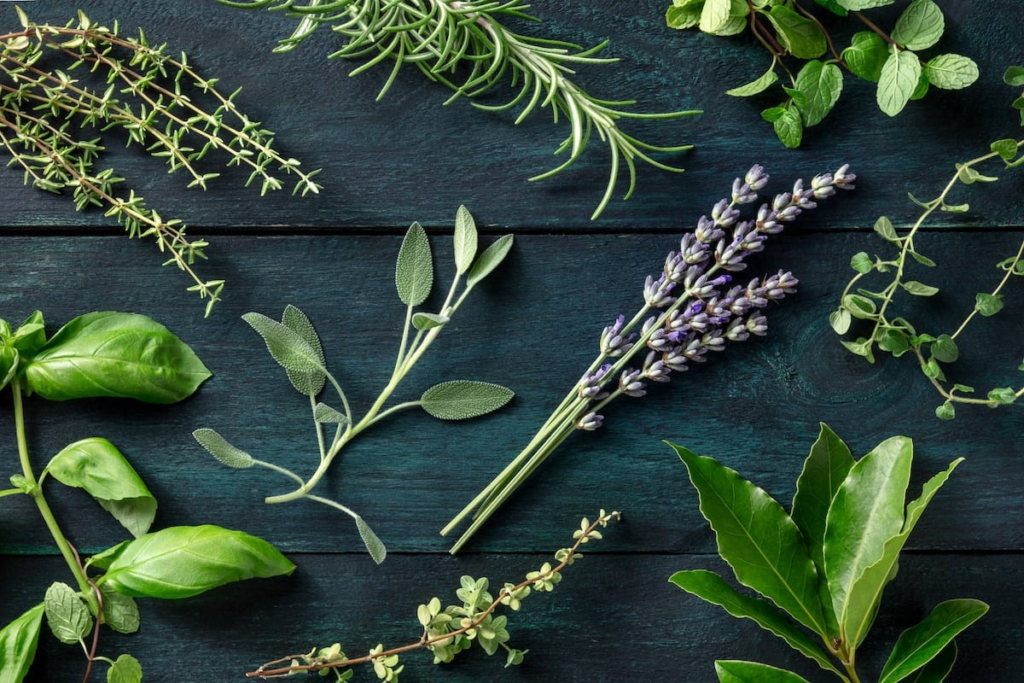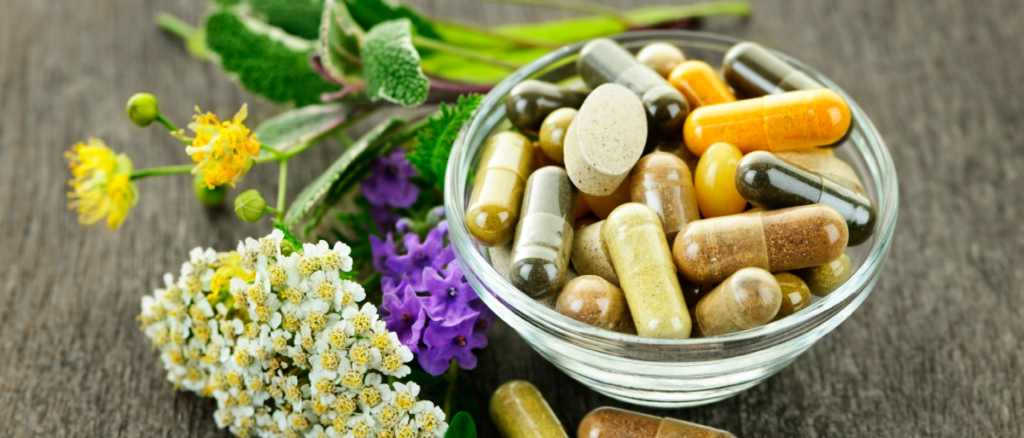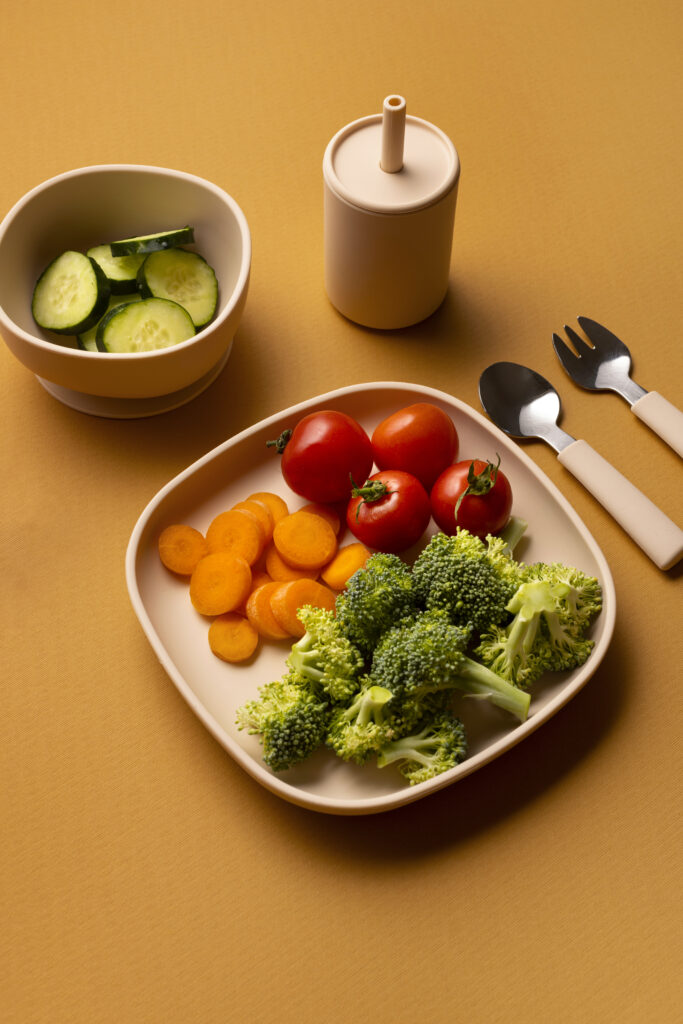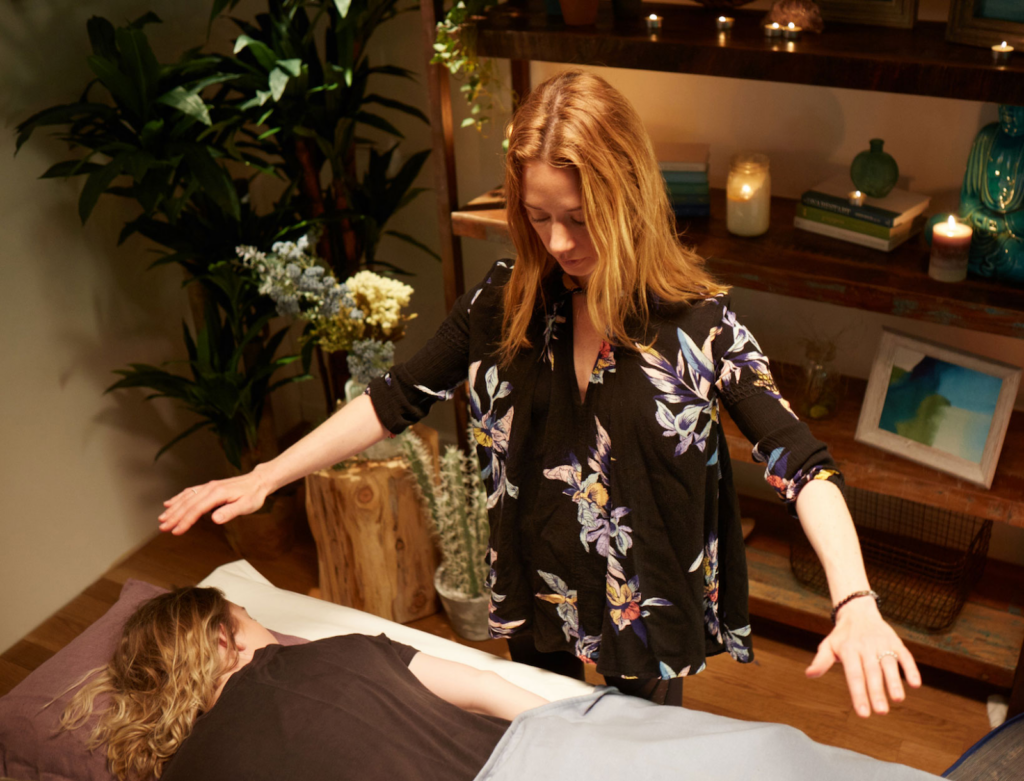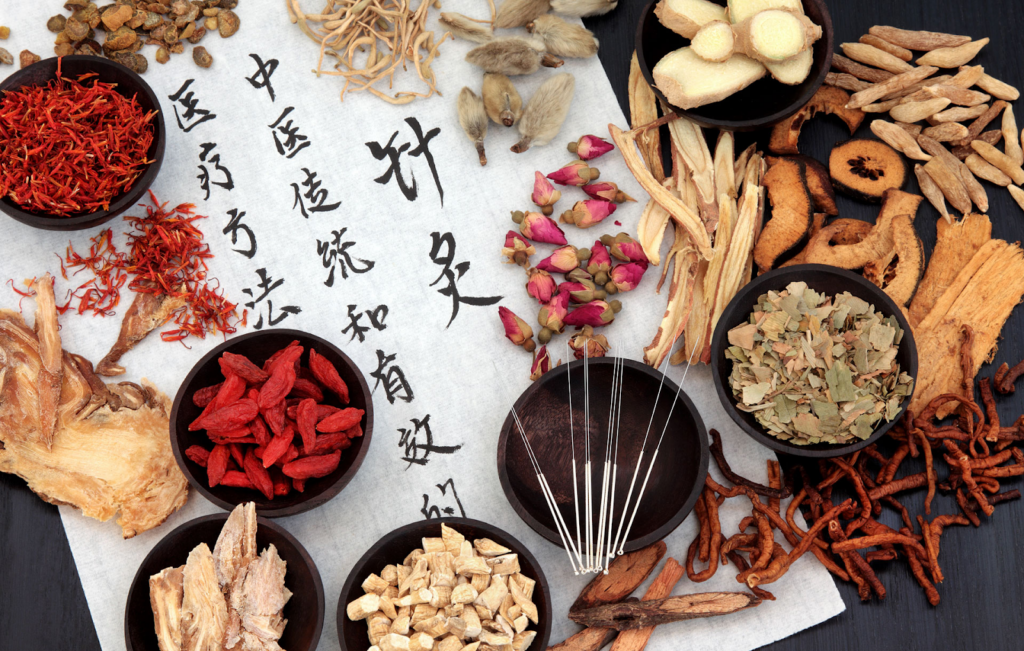Navigating Herbal Medicine: A Guide to Nature’s Healing Powers
The utilization of seeds, berries, roots, leaves, bark, or flowers of plants for medicinal purposes is called herbal medicine, also known as botanical medicine or phytomedicine. The use of herbs to promote health and cure diseases is a practice that dates back to the beginning of humankind. It has been with us through ages across all cultures and continents. Understanding Herbal Medicine: An In-Depth Overview Herbal medicine can be described as a system of prevention and treatment using plant remedies which by reason of their history are acknowledged to be effective. Traditional herbal medicine has always been based on traditional knowledge as well as modern phytotherapy research. Herbal medicine comprises internal, external, and oral administration of vegetable substances. Seeking to cure people as well as enhance their state of health, herbal medicine believes in the unity of body and mind and in curing the illness not only in terms of its indicators or symptoms. The Historical Roots of Herbal Medicine Herbal medicine did not just come out of the blue and has its background with the origin of botanical medicine in ancient civilizations like China, India, and Egypt. Some Ancient forms like Ayurvedic form and Traditional Chinese medicine have made use of herbs for millennia. Such earlier ways contributed to the overall evolution of herbalism as a broader practice with active knowledge of the exploitation of plants. Such is not the case now as herbal medicine does not only involve ancient practices but the influence of science in herbal medicine has progressed. Fundamental Concepts and Techniques of Herbal Medicine The principle of herbal medicine is the use of extracts from plants for body restoration. Techniques include infusions, decoctions, tinctures, and salves, making use of various plant parts such as leaves, stems, roots, and flowers. Herbalists tend to the overall action of the plant’s constituents and hence often use combinations of herbs. Such a method is often referred to as a constitutional approach wherein the health of each individual is optimized by taking into consideration the idiosyncrasies of the particular person. The Potential of Herbal Medicine in Treatment As any practitioner of herbal medicine can tell you, there is a myriad of conditions that herbal medicine addresses, some of these include enhancing the immune system function, alleviating inflammation, and improving psychological health. There are also herbs like antiperspirants which have been researched to have efficacy. These herbal medications are safer than using chemical components. Herbal medication serves as a preventive measure, treatment of infection, and disease control and also as a maintenance therapy for good health. Who Can Benefit from Herbal Medicine? Herbal medicine has its application to a variety of people, including those who are seeking relief from chronic ailments or others desiring to avert them. It is especially effective for stress management, boosting immunity, and treating stomach problems. Oftentimes, women during pregnancy, children, and the aged can manage themselves with the help of herbal products, although under supervision. Since it deals with both physical health and psychological issues, herbal medicine can be used to solve different health problems. Scientific Insights: What’s the Research Evidence in Support of Herbal Medicine? The medical history list is positively contributed by competitive herbal products supported measuring many researches proving the usefulness of such treatments. Current studies suggest that some herbal substances work: Echinacea stimulates immune function and turmeric is an anti-inflammatory herb. Clinical studies and reviews of clinical evidence have also been able to support the effectiveness of herbs in the management of some disorders such as anxiety, chronic pain, and hypertension. However, there is limited research on some herbs, but the increasing evidence supports the practice of herbalism in the complementary practice. Disproving Some Common Stereotypes and Misunderstandings About Herbalism Herbal medicine advocates often state an uninformed idea that there are no side effects when taking herbs. Actually, herbs are safer but misuse of them as well as incorrect combinations with other drugs can indeed trigger adverse effects. Herbal medicine has no scientific basis; this is another widespread belief. But in fact, a lot of evidence supports the use of herbs. Such thinking results in believing that it is a magic prescription even for impossible health concerns, which is false. Rather this is an antidepressant that needs to be taken in conjunction with other factors. These aspects help in appreciating herbal medicine. Choosing a Professional Practitioner: Seeking a Trained Expert in Herbalism This entails, among other things, confirming herbal qualification certificates claimed by herbal medicine practitioners or those obtained from professional herbal medicine schools. Search for Vinay Shankar and others, including folk practitioners who practice herbalism, nurture her, Oriental medicine, and so forth. It is important to find someone who has experience in helping with the particular health issues which concern you. A competent herbalist will do extensive history-taking and thorough examinations to come up with an individualized herbal formulation while paying attention to safety issues like the health status and drugs of the person. Integrating Herbal Medicine with Conventional and Complementary Therapies Herbal medicine may be used alongside conventional treatments if it is applied prudently. For instance, there exists a blend of conventional and complementary therapies such as acupuncture, physical, or even therapy that will result in holistic healing. This, therefore, can treat not only the symptoms but also the root causes of any form of illness. It is crucial to follow healthcare professionals who can ascertain that herbs do not interfere with prescribed medications. In most uses, herbal medicine boosts their immune functions, reduces inflammation, and provides mental well-being as supplements for other therapies in providing holistic health. Maximizing the Healing Potential of Herbal Medicine: Expert Tips High-Quality Herbs: Source herbs from reputable suppliers. Unique Properties: Get familiar with the specific benefits each herb brings. Right dosages: Learn about the right dosages of the herbs for safety. Preparation Method: Prepare the herbs the right way by either teas, tinctures, or capsules. Healthy Diet: Maintain a balanced diet to ensure adequate health. Hydration: Ensure ample water supply for the body’s

